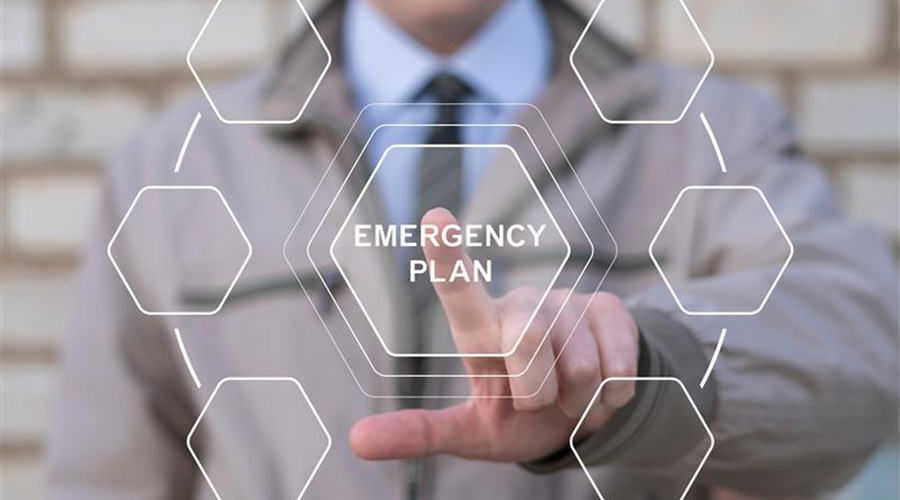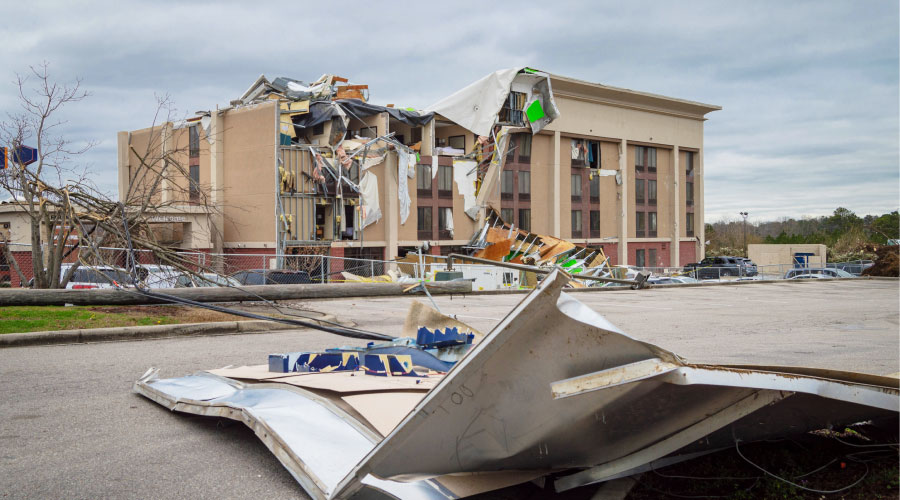Testing Communication With Building Staff, First Responders Is Critical Part Of Emergency Preparedness Drills
"If you're going to test only one thing in a drill, test communication," suggests Talbot. That's because communication — both internally among building staff and externally between building staff and emergency responders — is the one part that both fails most easily but also is most important. "It almost always comes down to problems with communication, both in drills and real events," says Ellis. "The radios didn't work or we call a phone number and no one answered." These are very important things to find out during a drill, he says.
Develop messaging for occupants well in advance — whether with mass notification systems, PA announcements, or any other form of communications to let occupants know what is occurring — and be sure the messages are clear, concise, and free of jargon and acronyms, says Cuneo.
Clear communication between building staff and first responders is just as critical. Allow the first responders to ask questions about the facility and your staff and provide them with documents summarizing your answers. (See "Fire Department Checklist" on page 27). During meetings leading up to a drill, a common communications protocol should be established, say these experts. Don't assume the police, EMTs, and the fire department all speak the same language. Chances are they don't, so getting in a room to hash that out prior to the drill — or more importantly, prior to an emergency — is really important.
Both Ellis and Talbot also say that any facility managers interested in emergency preparedness and drilling will be familiar with incident command protocols. Both even suggest taking free classes on the Federal Emergency Management Agency's (FEMA's) website. Not only will these classes help determine how best to communicate with first responders, they will provide guidance for facility managers to define the roles of the building staff during an emergency. And one of the biggest benefits of a drill, say these experts, is determining how well building staff "stays in their lanes" (as Talbot puts it) during an emergency. This helps ensure clear communication, reduces duplication of effort, and helps everyone involved in a building learn not just individual responsibilities, but also everyone else's.
"Familiarize personnel with their roles during an actual emergency," says Rosenbluth. "Oftentimes, assumptions about what other people on the team will be doing may not be correct. The drill gives you an opportunity to show everybody what everybody else is going to do. This gives a better understanding of staff's own roles, but everyone else's too." In other words, reducing the "not my job" factor is crucial. Talbot and Ellis say they use colored vests (different colors for different departments) during drills to clearly identify staff — and by extension, their roles. This also helps occupants and first responders know who to ask for information. "This may seem excessive, but during an emergency, people have no idea who's who," says Ellis. "It's astounding how helpful this simple idea is."
One important tip, though — while keeping in mind that accountability is important — is that the drill should not be conducted in such a way that staff is reprimanded harshly if they make a mistake. "No drill should be a graded exercise," says Rosenbluth. "There should be no stigma attached to something going wrong." This creates a much more conducive environment to actually learning about the emergency preparedness plan than if staff are more worried about what happens if they screw up. "The number one thing is that a drill should always be 'no fault,'" says Talbot. "It should be clear that you're fostering an environment where everyone feels encouraged, not embarrassed. 'Gotcha' drills don't work."
Related Topics:














